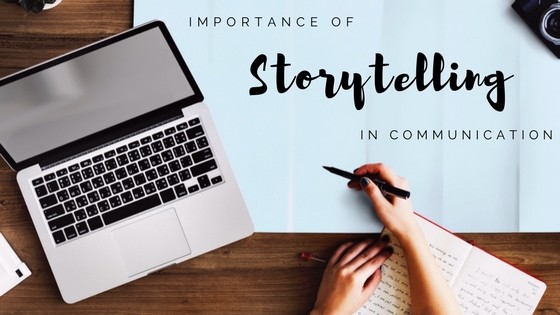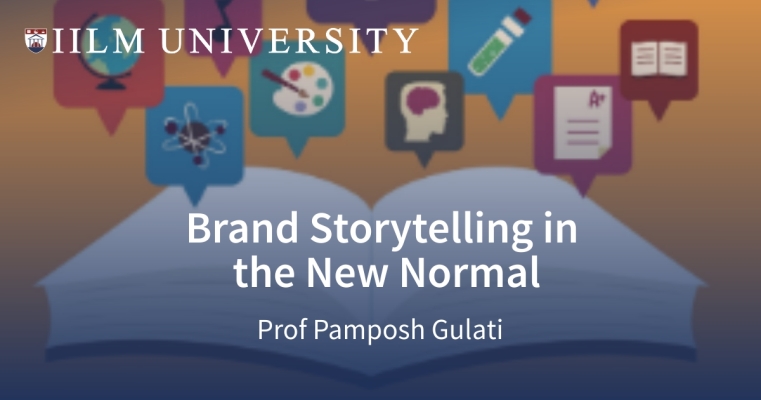Did you know the pseudo names of the digital natives? Did you know turning into a smart campus can play a vital role in achieving the enrollment goals of a college or a university? Welcome to the world of GenZs… yes, our very own digital natives!
Students are no longer just students, they are consumers. Yes, you heard me right… consumers!! Today’s students are armed with social awareness. Their choices are based on purpose, value, and experience. For this reason, institutions should now reflect on their objectives and reshape how they move forward using advancements that other sectors have adapted to. The higher education landscape is at the junction of an amazing digital shift. A gradual yet robust shift toward being a Smart Campus.
Enter the smart campus
What, precisely, is a smart campus? Smart Campus links devices, applications, people, and technology to enable novel experiences or services and further develop operational efficiency. Some innovative experiences include wayfinding, smart parking, transit, wait times for cafeteria, finding lost belongings, and more. A Smart Campus starts with universal, dependable wired and wireless connectivity – indoors as well as outdoors.
How can educational institutions turn smart
Our 21st-century world is being restructured by rapid technological change. But no change can happen overnight. It takes planning, strategizing, a common understanding, and a holistic vision. A study by Deloitte (https://www2.deloitte.com/content/dam/Deloitte/us/Documents/strategy/the-next-generation-connected-campus-deloitte.pdf) says, the vision of a smart campus relies on a diverse stack of technology capabilities that should have the following layers: presentation/channels, analytics and automation, data platform, integration, enterprise applications, infrastructure, security and risk. Having said that, once the IT infrastructure is in place, the next step is to form intuitive platforms to make interactions effortless and persona centric. For example, voice technology could be used to enhance lectures by professors. A “smart” way to keep your campus sustainable is ensuring your entire system is flexible enough to adapt to the dynamic world of technology and integration. Traditionally, campuses are local in their reach and scale. A smart campus, however, should allow for global scalability that leverages digital tools and technologies to provide data-driven experiences.
Enabling contextual, personalised and interactive campuses
In the competitive landscape, universities must adopt smart campus technologies to remain ahead in the race. The design of a smart campus is paramount to the success of the implementation. Institutes need to envision and create a synergy leveraging user experience, mobility, digitalisation, safety, artificial intelligence, and embracing cloud benefits. Investments made today towards smart campus initiatives will catapult such institutes to the next orbit of growth.
IILM University continuously works to build on innovative practices, leveraging emerging technologies to enhance the student experience. We understand that campus is the epicentre of all activity and therefore we leverage technology and strategies in a way that improves the experience of the students. To learn more about us visit www.iilm.edu.in
Do leave your comment on what you think of the smart campus impact on future learning.










